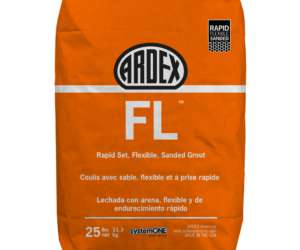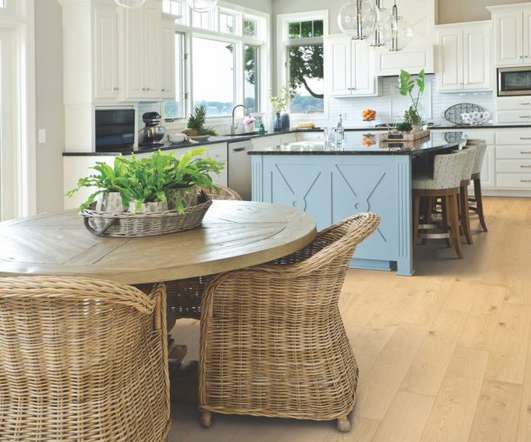Why Choose Porcelain Paving?
The London Tile Co.
MARCH 21, 2018
If you’ve been on the hunt for new paving recently you have probably come across one or two products made from porcelain. How is porcelain paving made? Porcelain and ceramic tiles are made in basically the same way. Polished porcelain is not recommended for outdoor use as it can become slippery.

























Let's personalize your content